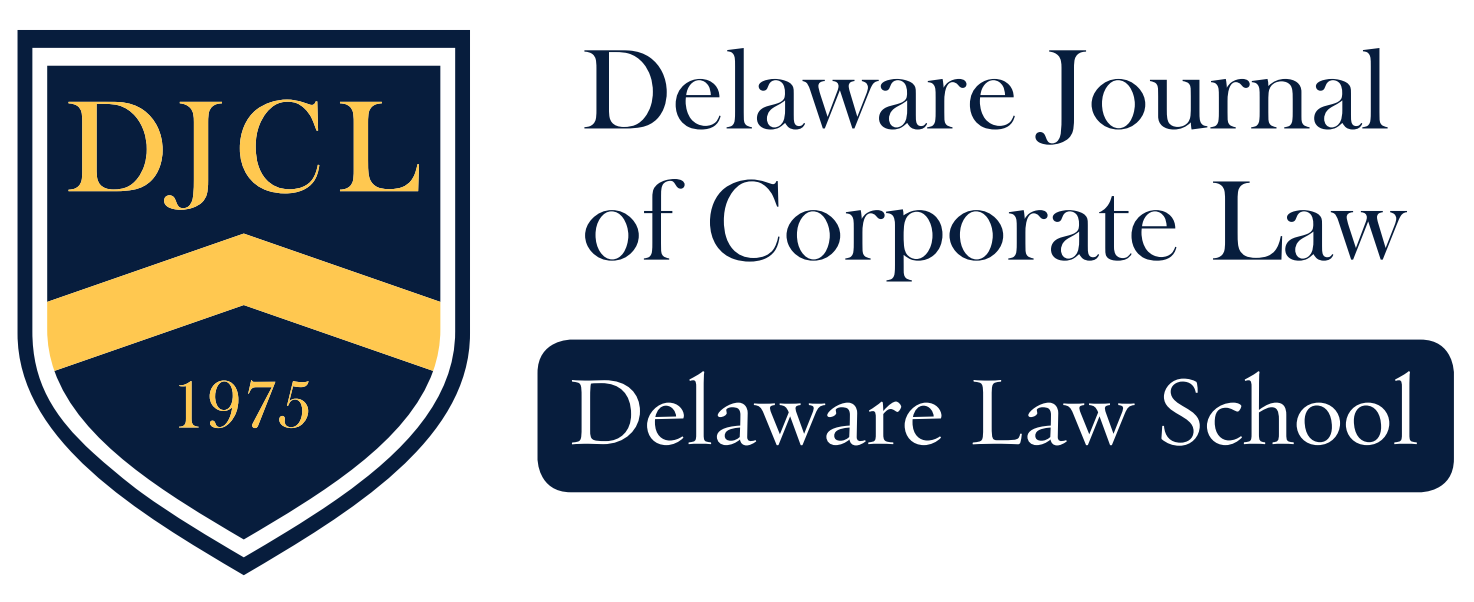Experimental Use Exceptions: Changes in Research Tool Patent Protection in the United States and a Comparison to Japan
Richard Jahn
The scope and impact of the statutory experimental use exception provided by 35 U.S.C. § 271(e) of the Patent Act has created much controversy and uncertainty since it was enacted as part of the Drug Price Competition and Patent Term Restoration Act of 1984. For nearly twenty years, 35 U.S. C. §271(e) had been interpreted in an increasingly broad manner most favorable to parties who were utilizing the patented discoveries of others to perform research directed toward attaining Food and Drug Administration approval for pharmaceutical products prior to the expiry of the patents. In contrast, the parties that expended time and resources to perform the initial development work to obtain these patents saw their protection waning. In 2003, the U.S. Court of Appeals for the Federal Circuit, in Integra Lifesciences I, Ltd. v. Merck KGaA, attempted to reverse this trend, but the Federal Circuit decision was vacated by the U.S. Supreme Court approximately two years later. Because the economy and intellectual property have become increasingly globalized, such decisions can have far reaching implications. This comment considers the potential legal and economic impact of the Federal Circuit and Supreme Court decisions on research tool patent owners and the parties that were utilizing such tools under the previous court interpretations. Further, this article discusses how such decisions may result in the movement of research activities abroad, where there may be more favorable patent laws regarding experimental use. Japan’s approach to the issue of experimental use and whether that approach would benefit the US. system is also examined in this comment.
